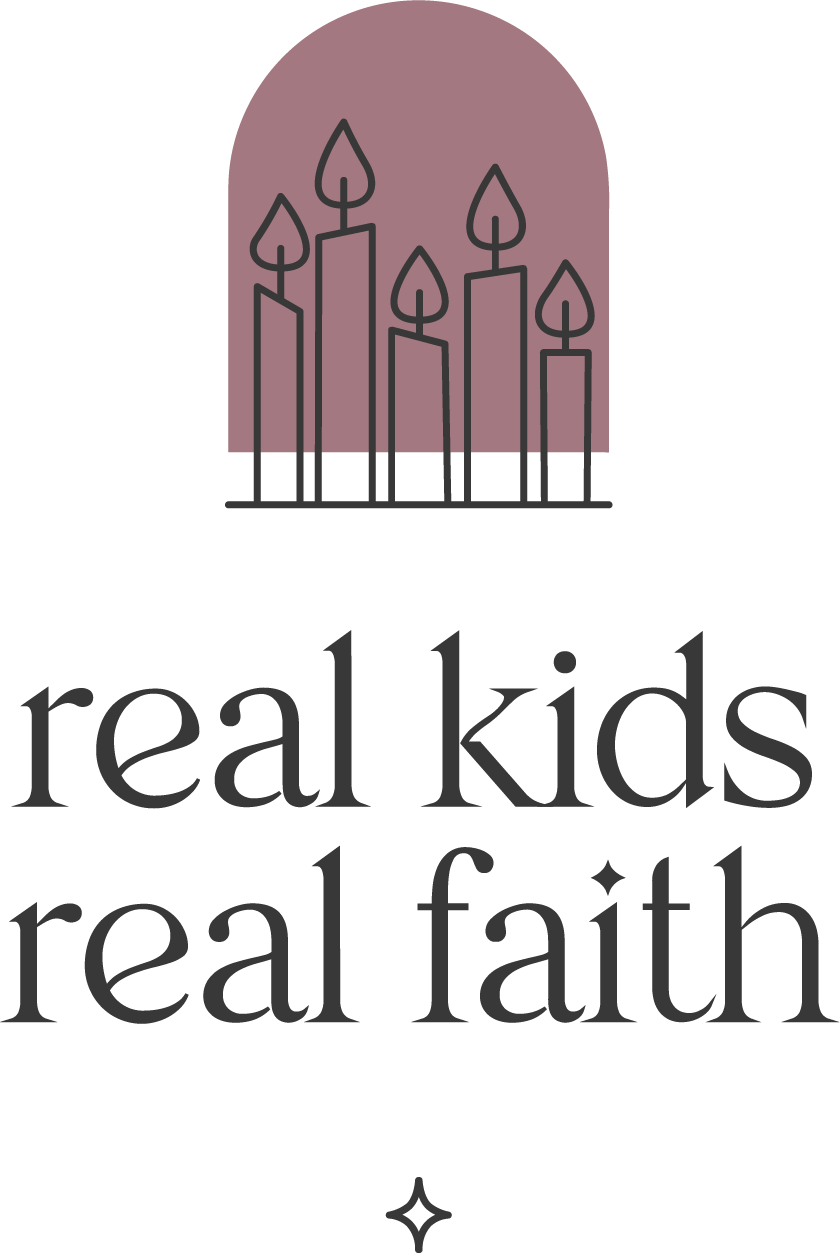Walking through the farmer’s market last weekend, I overheard a conversation between a coffee vendor and a customer. The vendor didn’t take credit cards and the customer didn’t have cash. “Get a cup anyway,” said the vendor. “You can pay me next time.” “But I’m from out-of-town,” said the customer. “That’s ok. Then enjoy a cup on me.”
I would call the vendor’s action a random act of kindness, but I heard him make a similar offer to three more cashless customers before I moved out of hearing range. His openness to sharing seemed practiced rather than impulsive. His not-so-random acts of kindness exhibited the caring attitude I want my children to embrace.
Caring for others is a learned behavior. It requires parents and caregivers to help children recognize the value of looking out for one another and acquire the social emotional skills to do so. Practicing not-so-random acts of kindness can facilitate both of these goals.
Planning regular kind acts provides children with an opportunity to think about why they want to support others. When you talk about kindness, invite kids to identify reasons for being nice. Perhaps they believe that treating others well means others will return the favor. Or maybe they see being kind as a way of showing respect. They might view kindness as a religious requirement or part of being a ‘good person’. Share your own reasons, too, and how your thinking has changed over time.
Advance planning also creates a space for brainstorming different ideas about how to be kind. Treating friends kindly may look different from showing kindness to strangers or people children don’t like very much. With younger children, begin with their experiences of kindness. Ask them to recall times that others have treated them well, then suggest they try the same actions with others. With older children, create scenarios where they can imagine different responses and assess them for kindness. With all ages, point out acts of kindness around them and suggest they might be models for our own behavior.
Once you identify some ‘not-so-random acts of kindness’ to try as a family, challenge children to put your plans into action and report back. If your kids like numbers, keep a running tally of how many times they use kind words each day. Divide the count into categories, such as ‘friends’, ‘strangers’, and ‘tough people to like’. If they’re artistic, invite them to draw pictures of kindness episodes and create a kindness gallery. If they enjoy telling stories, create a book or audio library of their kindness narratives.
Finally, introduce children to the idea of being an ‘upstander’. Sometimes, being kind involves speaking up when someone else is being mistreated. Suggest that children counter hurtful behavior by naming aloud ways that they value the person being targeted. Imagine together what both the aggressor and the person harmed might need to feel better. Then encourage children to step up with kind words and actions in the face of hostility.

Comments